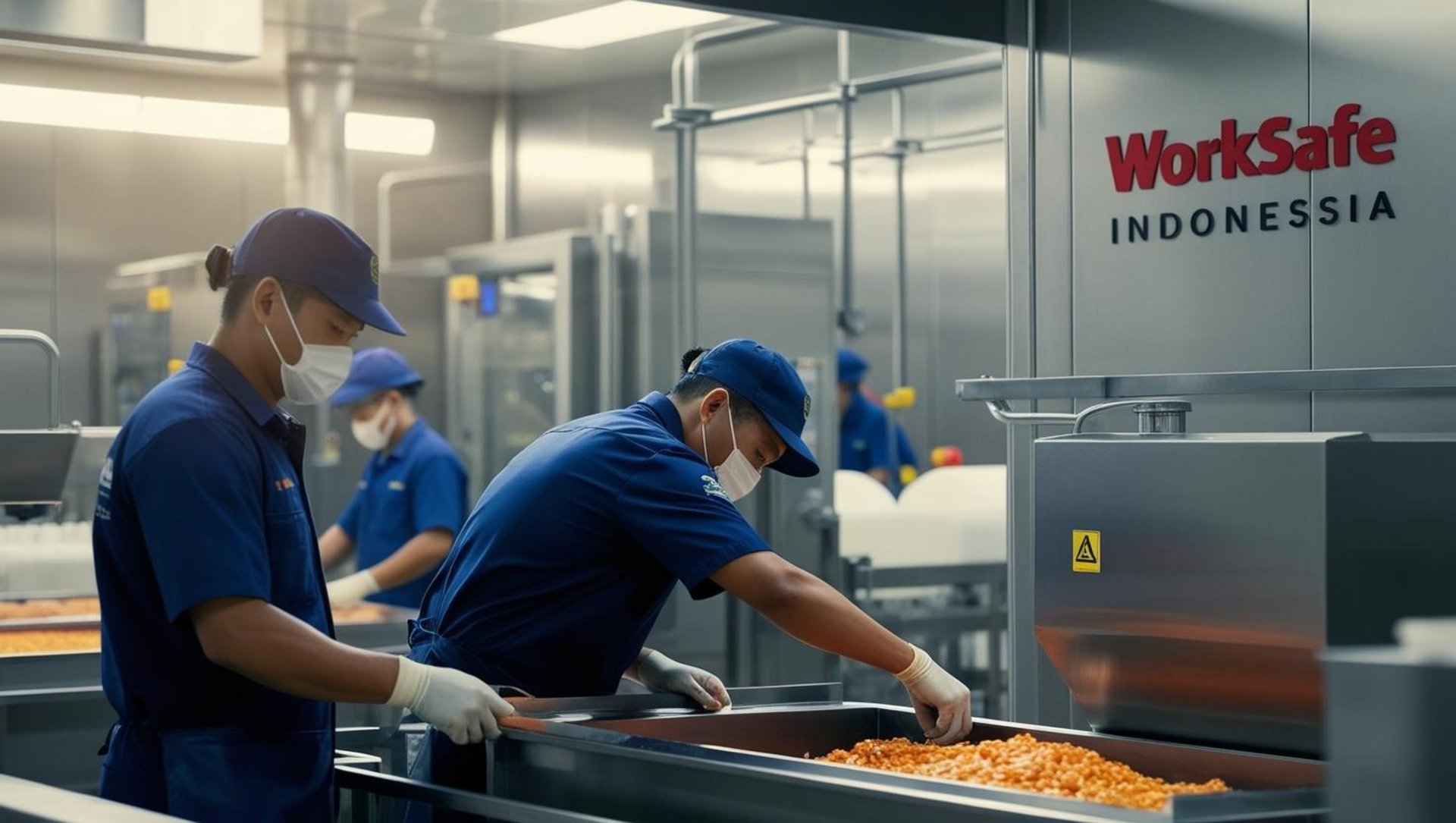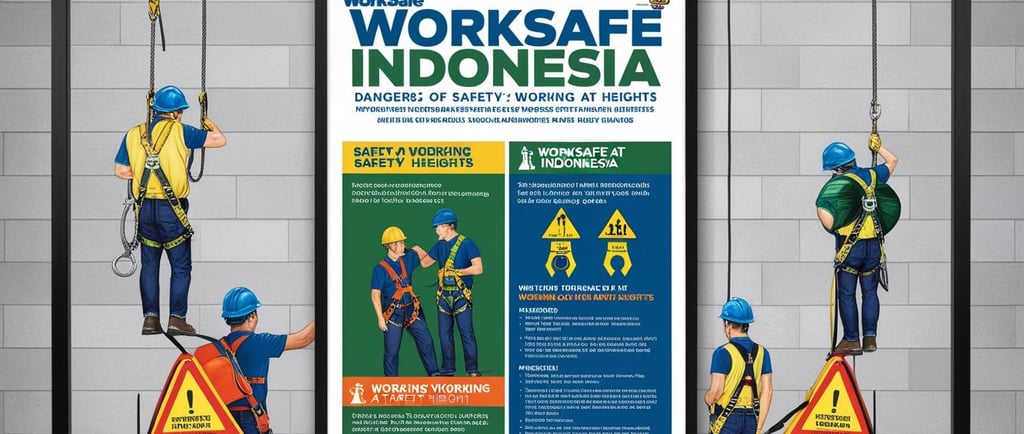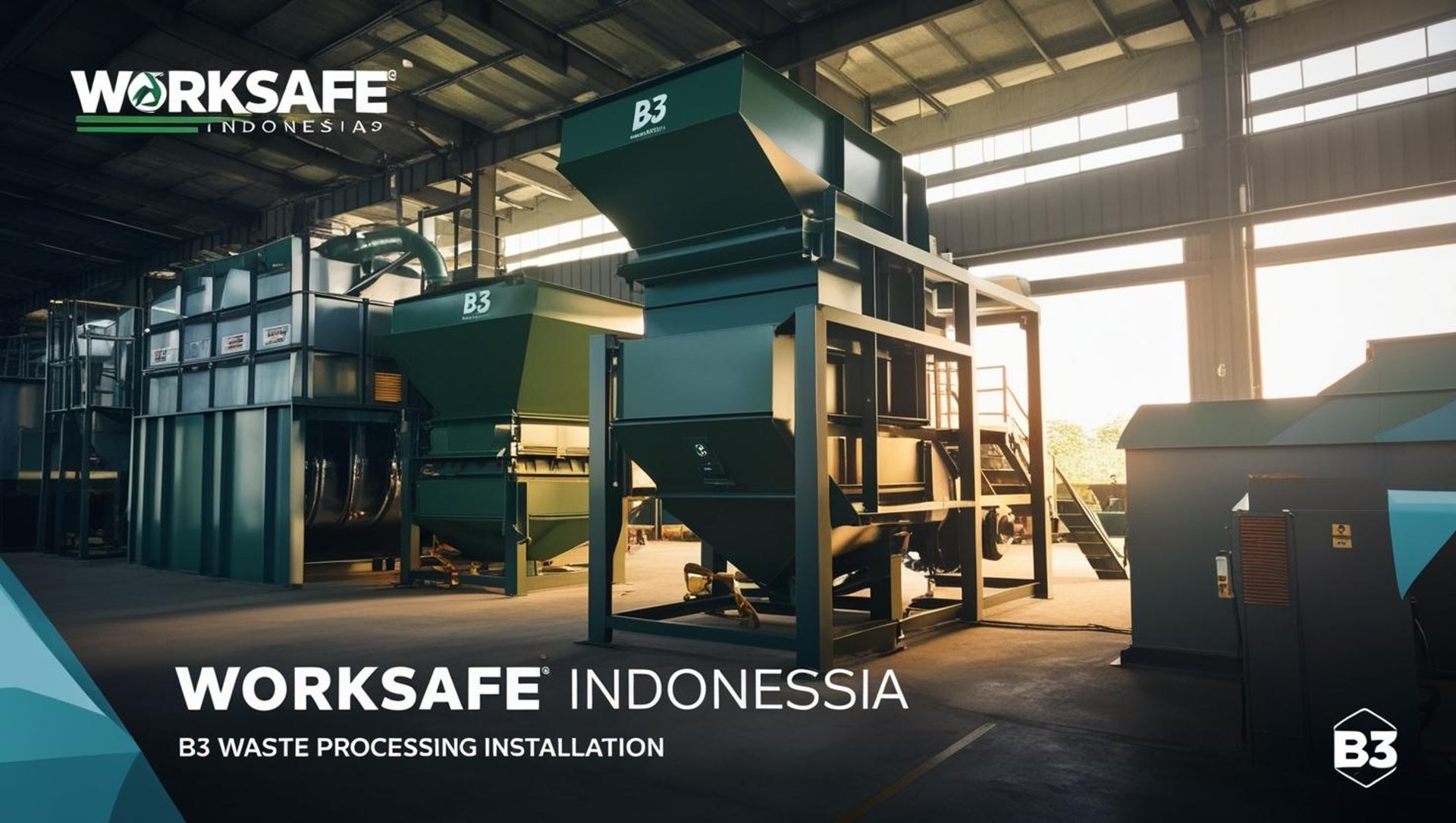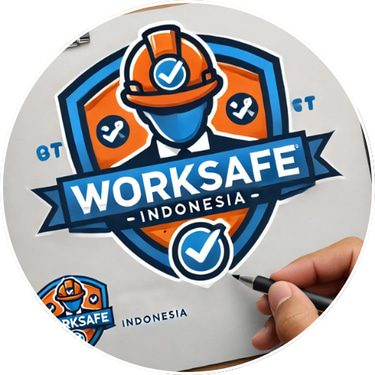
Promoting All About Safety, Health and Environmental
Working at Heights: Safety First When You're Off the Ground
Working at Heights: Safety First When You're Off the Ground At Worksafe Indonesia, we understand that working at heights is a necessary part of many industries — from construction and maintenance to telecommunications and warehousing. But with the added height comes added risk. Falls from height remain one of the leading causes of workplace fatalities worldwide.
Septian Indra
4/26/20252 min read


Working at Heights: Safety First When You're Off the Ground
At Worksafe Indonesia, we understand that working at heights is a necessary part of many industries — from construction and maintenance to telecommunications and warehousing. But with the added height comes added risk. Falls from height remain one of the leading causes of workplace fatalities worldwide.
That’s why it’s essential to approach every elevated task with preparation, proper equipment, and a commitment to safety.
What Counts as “Working at Heights”?
“Working at heights” refers to any work where a person could fall and injure themselves, whether it’s:
On a ladder
On scaffolding or a roof
On an elevated platform or walkway
Near open edges, pits, or holes Even working above ground level without adequate fall protection is considered working at height.
Main Hazards of Working at Heights
Falls due to loss of balance, improper PPE, or weak surfaces
Falling objects endangering people below
Structural collapse of scaffolds or platforms
Weather-related risks, such as strong winds or slippery surfaces
Worksafe Principles for Working at Heights
1. Risk Assessment Comes First
Before starting any task at height:
Identify hazards (e.g., unstable surfaces, overhead power lines)
Determine the safest way to complete the task
Consider whether the work can be done from the ground instead
2. Use Proper Fall Protection Systems
Depending on the situation, this may include:
Guardrails
Fall arrest systems (harness, lanyard, anchor point)
Safety nets
Scaffolding with full edge protection
All equipment must meet safety standards and be inspected regularly.
3. Training and Competency
Only trained and authorized workers should perform tasks at height. Training should include:
How to use fall protection gear
Emergency response and rescue plans
Identifying unsafe practices and conditions
4. Inspect Before You Climb
Always inspect:
Ladders for cracks or instability
Scaffolds for proper assembly
Harnesses and lanyards for wear or damage
Anchor points for strength and security
5. Weather Awareness
Postpone work at height during:
Strong winds
Rain or storms
Slippery or icy conditions
6. Don’t Forget Below
Set up barricades or signage to keep people clear of danger zones.
Use tool lanyards to prevent items from falling.
Worksafe Quick Tips for Working at Heights
Never work at height alone — use the buddy system
Don’t overload platforms or scaffolds
Keep three points of contact on ladders
Always clip your harness before moving
Have a clear rescue plan in place
Reach Higher — But Safely
Working at heights demands focus, planning, and the right gear. At Worksafe Indonesia, we believe that no job is too urgent to risk a life. By following the right procedures and respecting the risks, every worker can come down safely at the end of the day.
Keep safe. Be safe!!

